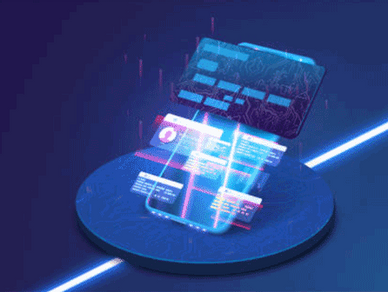Banks and financial institutions are under pressure to adapt and support real-time payments along with new and updated standards like ISO 20022 and new services like the Federal Reserve’s FedNow® instant payments service. Self-service corporate payment tracking and visibility, for instance, are no longer a ‘nice to have’ but an absolute necessity. When pitted against fintechs, digital-only banks and tech giants, it is absolutely critical that large banks act with agility and deliver against the higher expectations that naturally accompany the digital experience.
Yet in order for banks to handle real-time payments, there are a number of common challenges that first need to be overcome. These include integration problems involving legacy infrastructure which can involve a potentially lengthy and costly process. Further, old messaging systems are simply not able to handle the steadily increasing volumes of both transaction and metadata associated with payments and new standards. There are also time-to-market challenges while trying to meet new payment standardization requirements. Essentially, firms wanting to update their legacy payment systems need to re-evaluate the tools in their toolbox and build a more modern, flexible and scalable payment system without a big-bang ‘rip and replace’.
The Anatomy of Key Payment Technologies
There are a couple of key technology elements that can help banks establish a next-generation real-time-ready payment system:
- Intelligence – in the form of logic of encoding, decoding and transforming payment types and formats, as well as orchestrating interactions with bank systems so that massive payment volumes can be processed with sub-second SLAs. The systems should be flexible to model processes that may be unique to every organization, and to facilitate the building of value-added payment services. Essentially the ‘Brains of the Operation’…
- Delivery system – a delivery platform needs to be able to reliably move data from multiple channels and multiple technologies (files, RDBMS, message queues, etc.) into and out of the ‘Brains of the Operation’ to process real-time payments and integrate systems across the bank. The platform needs to be secure, scalable and 100% reliable by design. Otherwise considered as the ‘Central Nervous System’…
On Your Mark…
The “Race to Real-Time Payments” webinar, presented by Confluent with the participation of Volante Technologies, examines the technology choices financial institutions are making to position their next-generation payment architectures for real-time corporate payment processing, on and off the cloud. These include:
● Where to start when building a next-generation payment processing environment
● How to deploy payment solutions that can clear settlements in seconds vs. days
● How to stay ahead of emerging trends with Volante’s Payments as a Service and Apache Kafka®’s real-time streaming data architecture and analytics platform







